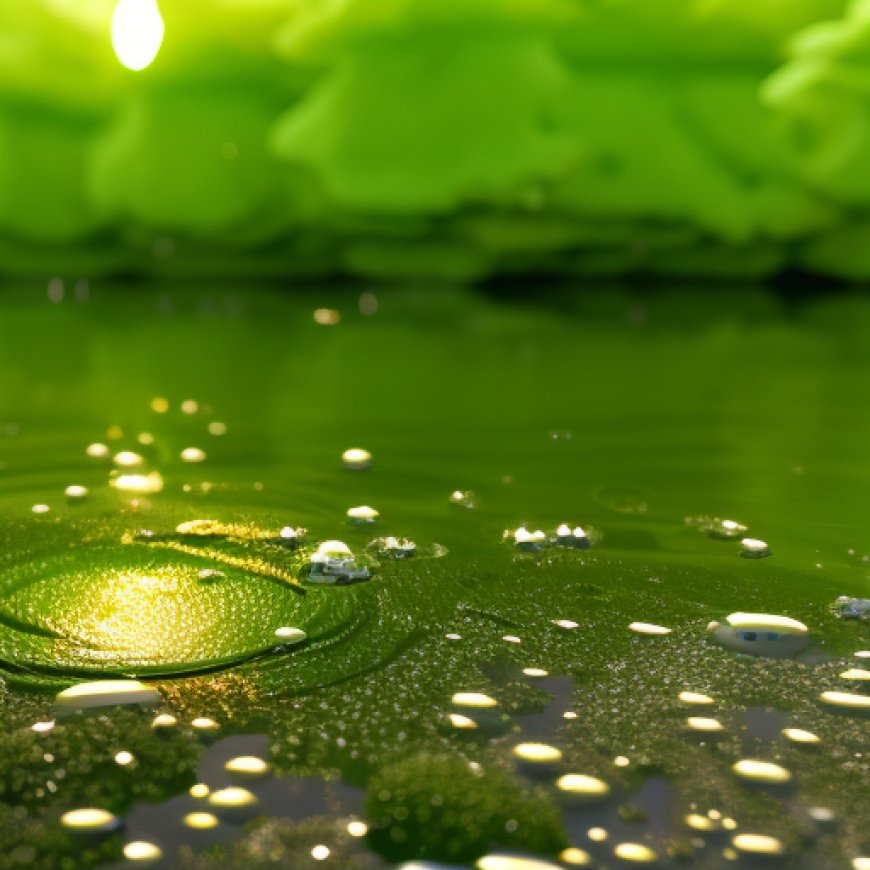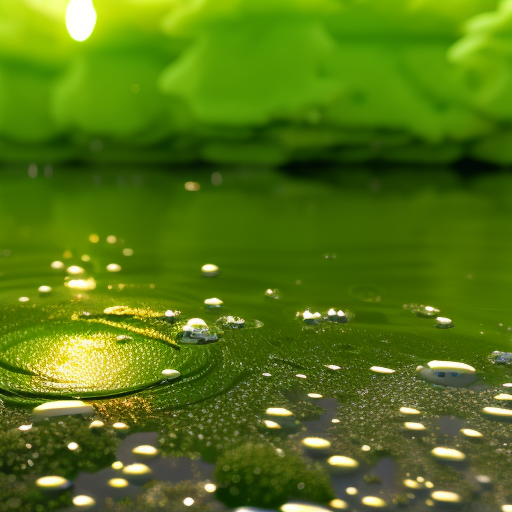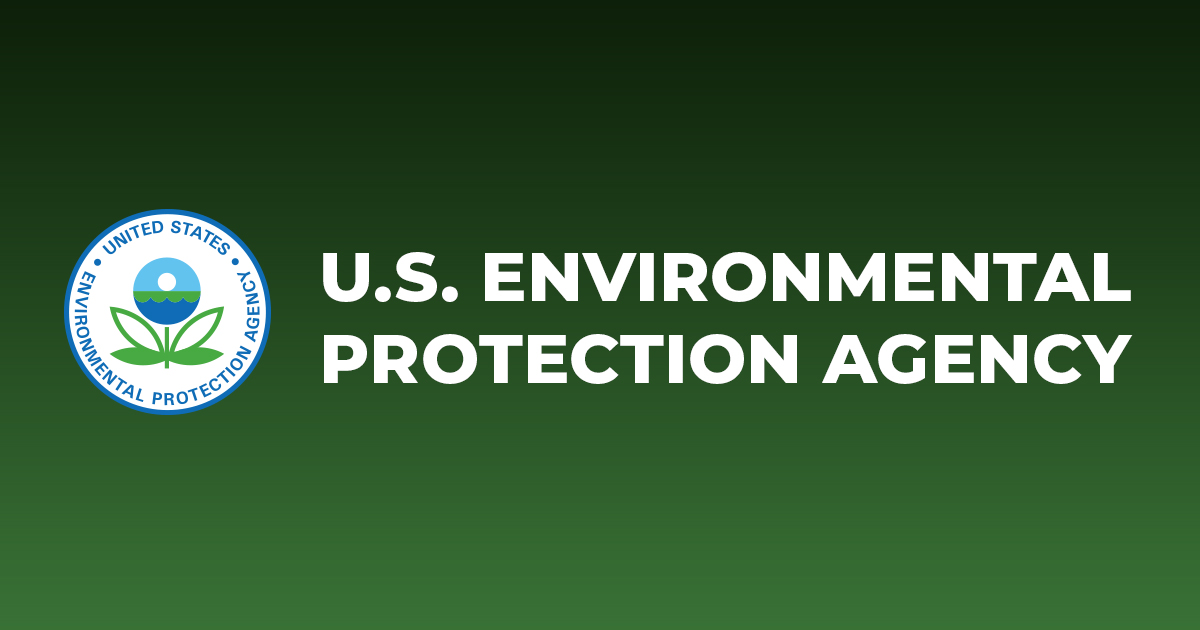Climate Change and Freshwater Harmful Algal Blooms | US EPA
Climate Change and Freshwater Harmful Algal Blooms | US EPA U.S. EPA.gov


Effects of Climate Change on Harmful Algal Blooms

Scientists continue to document many effects of climate change on freshwaters, estuaries, and marine environments, and those effects are predicted to be exacerbated in the future. These effects, along with nutrient pollution, might cause algal blooms to become more severe and to occur more often in more waterbodies. Blooms with the potential to harm human health, pets, livestock, or aquatic ecosystems are referred to as harmful algal blooms, or HABs, and they can also have wide-ranging economic impacts.
Sustainable Development Goals (SDGs)
- Goal 6: Clean Water and Sanitation
- Goal 14: Life Below Water
Climate Factors That Affect HABs:
Warming water temperature
HAB forming cyanobacteria thrive in warm, slow-moving water, and typically occur when water temperatures are warmer. As a result, increases in water temperature with climate change are expected to increase the magnitude and duration of cyanoHABs. Warmer water temperatures favor cyanoHABs in several ways, including:
- CyanoHAB species grow faster than other algae at warmer temperatures
- CyanoHABs migrate up and down the water column better than other algae. They get nutrients from the cooler, dark, bottom layers and use them to grow in the warmer, upper layers where there is more light. Other algae cannot do this and are shaded by the CyanoHAB species.
- CyanoHABs absorb sunlight and release heat, making surface waters even warmer, further increasing their advantages.
Changes in salinity
In some regions, climate change is predicted to reduce freshwater runoff due to drought and increased evaporation. These effects will combine to increase salinity in inland waters. This can impact irrigation, harm crops, contaminate drinking water, and allow the invasion of salt-tolerant and marine algae to inland lakes. In the southwestern and south-central United States, more salt-tolerant algal HABs known as “golden algae” have regularly recurred, expanded into lagoons, and killed fish in freshwater lakes since 2000.
In other regions, increased runoff from more intense rainfalls may increase freshwater flows to coastal areas. This freshwater sits on top of saltwater because it is lighter. This can prevent mixing of oxygen-rich surface water with deeper layers where the oxygen has been removed by the decomposition of HABs after they die and sink to the bottom layer. These low oxygen (or hypoxic) zones harm or kill animals that require oxygen to live, including many commercially important species.
Higher carbon dioxide levels
Algae need carbon dioxide to survive. Higher levels of carbon dioxide in the air and water can lead to rapid growth of algae, especially cyanoHABs that can float to the surface of the water and use the increased carbon dioxide. Increased levels of carbon dioxide also increase the acidity of the water, which affects competition among algal species and impacts the organisms that graze on algae. These effects can combine to increase the competitive advantage of HAB species.
Changes in rainfall and resulting increases in nutrient loadings
Climate change is affecting rainfall patterns, increasing both rainfall intensity and the duration of drought. Increased rainfall causes higher nutrient runoff from land into waterbodies fueling HABs like those observed in Lake Erie in 2011 and 2015. If followed by extended drought, waterbodies can retain those nutrients for longer, favoring HAB species that compete better under higher nutrient conditions.
Moreover, increases in extreme rainfall and subsequent increases in freshwater flows may flush large loads of nutrients, freshwater HABs and their associated toxins into estuaries and marine areas. As a result, estuarine and marine waters may be at greater risk of developing HABs or seeing an exacerbation of existing HABs.
Sea level rise
Scientists predict that sea level could rise one meter by the year 2100. This would increase the area of shallow, stable coastal waters that provide more favorable conditions for HABs.
Coastal upwelling
Coastal upwelling occurs when wind pushes warm, surface water offshore and deep, nutrient-rich waters rise to replace it. Climate change is expected to alter the timing and intensity of coastal upwelling. Along the west coast of the United States, excess nutrients delivered by upwelling might lead to more algal blooms, including HABs, especially when combined with increased runoff of nutrient pollution from the land.
SDGs, Targets, and Indicators
| SDGs | Targets | Indicators |
|---|---|---|
| SDG 13: Climate Action | Target 13.1: Strengthen resilience and adaptive capacity to climate-related hazards and natural disasters | Indicator not mentioned in the article |
| Target 13.3: Improve education, awareness-raising, and human and institutional capacity on climate change mitigation, adaptation, impact reduction, and early warning | Indicator not mentioned in the article | |
| Target 13.b: Promote mechanisms for raising capacity for effective climate change-related planning and management in least developed countries and small island developing states | Indicator not mentioned in the article | |
| SDG 14: Life Below Water | Target 14.1: By 2025, prevent and significantly reduce marine pollution of all kinds, particularly from land-based activities, including marine debris and nutrient pollution | Indicator not mentioned in the article |
| Target 14.2: By 2020, sustainably manage and protect marine and coastal ecosystems to avoid significant adverse impacts, including by strengthening their resilience, and take action for their restoration to achieve healthy and productive oceans | Indicator not mentioned in the article | |
| Target 14.3: Minimize and address the impacts of ocean acidification, including through enhanced scientific cooperation at all levels | Indicator not mentioned in the article | |
| Target 14.7: By 2030, increase the economic benefits to small island developing states and least developed countries from the sustainable use of marine resources, including through sustainable management of fisheries, aquaculture, and tourism | Indicator not mentioned in the article | |
| Target 14.a: Increase scientific knowledge, develop research capacity, and transfer marine technology, taking into account the Intergovernmental Oceanographic Commission Criteria and Guidelines on the Transfer of Marine Technology, in order to improve ocean health and to enhance the contribution of marine biodiversity to the development of developing countries, in particular small island developing states and least developed countries | Indicator not mentioned in the article | |
| SDG 15: Life on Land | Target 15.1: By 2020, ensure the conservation, restoration, and sustainable use of terrestrial and inland freshwater ecosystems and their services, in particular forests, wetlands, mountains, and drylands, in line with obligations under international agreements | Indicator not mentioned in the article |
| Target 15.2: By 2020, promote the implementation of sustainable management of all types of forests, halt deforestation, restore degraded forests, and substantially increase afforestation and reforestation globally | Indicator not mentioned in the article | |
| Target 15.5: Take urgent and significant action to reduce the degradation of natural habitats, halt the loss of biodiversity, and protect and prevent the extinction of threatened species | Indicator not mentioned in the article |
1. Which SDGs are addressed or connected to the issues highlighted in the article?
SDG 13: Climate Action
The article discusses the effects of climate change on freshwater, estuaries, and marine environments. These effects are connected to SDG 13, which aims to take urgent action to combat climate change and its impacts.
SDG 14: Life Below Water
The article highlights the impact of harmful algal blooms (HABs) on aquatic ecosystems, which is relevant to SDG 14. This goal focuses on conserving and sustainably using the oceans, seas, and marine resources.
SDG 15: Life on Land
The article mentions the impact of climate change on terrestrial ecosystems, specifically forests and wetlands. This is connected to SDG 15, which aims to protect, restore, and promote sustainable use of terrestrial ecosystems.
2. What specific targets under those SDGs can be identified based on the article’s content?
Target 13.1: Strengthen resilience and adaptive capacity to climate-related hazards and natural disasters
The article discusses how climate change affects freshwater, estuaries, and marine environments. Strengthening resilience and adaptive capacity to these climate-related hazards is relevant to this target.
Target 14.1: By 2025, prevent and significantly reduce marine pollution of all kinds, particularly from land-based activities, including marine debris and nutrient pollution
The article mentions the impact of nutrient pollution on algal blooms in waterbodies. Preventing and reducing nutrient pollution is connected to this target.
Target 15.1: By 2020, ensure the conservation, restoration, and sustainable use of terrestrial and inland freshwater ecosystems and their services, in particular forests, wetlands, mountains, and drylands, in line with obligations under international agreements
The article highlights the impact of climate change on terrestrial ecosystems, specifically forests and wetlands. Ensuring the conservation, restoration, and sustainable use of these ecosystems is relevant to this target.
3. Are there any indicators mentioned or implied in the article that can be used to measure progress towards the identified targets?
There are no specific indicators mentioned or implied in the article that can be used to measure progress towards the identified targets. However, indicators related to water temperature, salinity, carbon dioxide levels, rainfall patterns, and sea level rise could be relevant for measuring progress towards these targets.
Behold! This splendid article springs forth from the wellspring of knowledge, shaped by a wondrous proprietary AI technology that delved into a vast ocean of data, illuminating the path towards the Sustainable Development Goals. Remember that all rights are reserved by SDG Investors LLC, empowering us to champion progress together.
Source: epa.gov

Join us, as fellow seekers of change, on a transformative journey at https://sdgtalks.ai/welcome, where you can become a member and actively contribute to shaping a brighter future.







